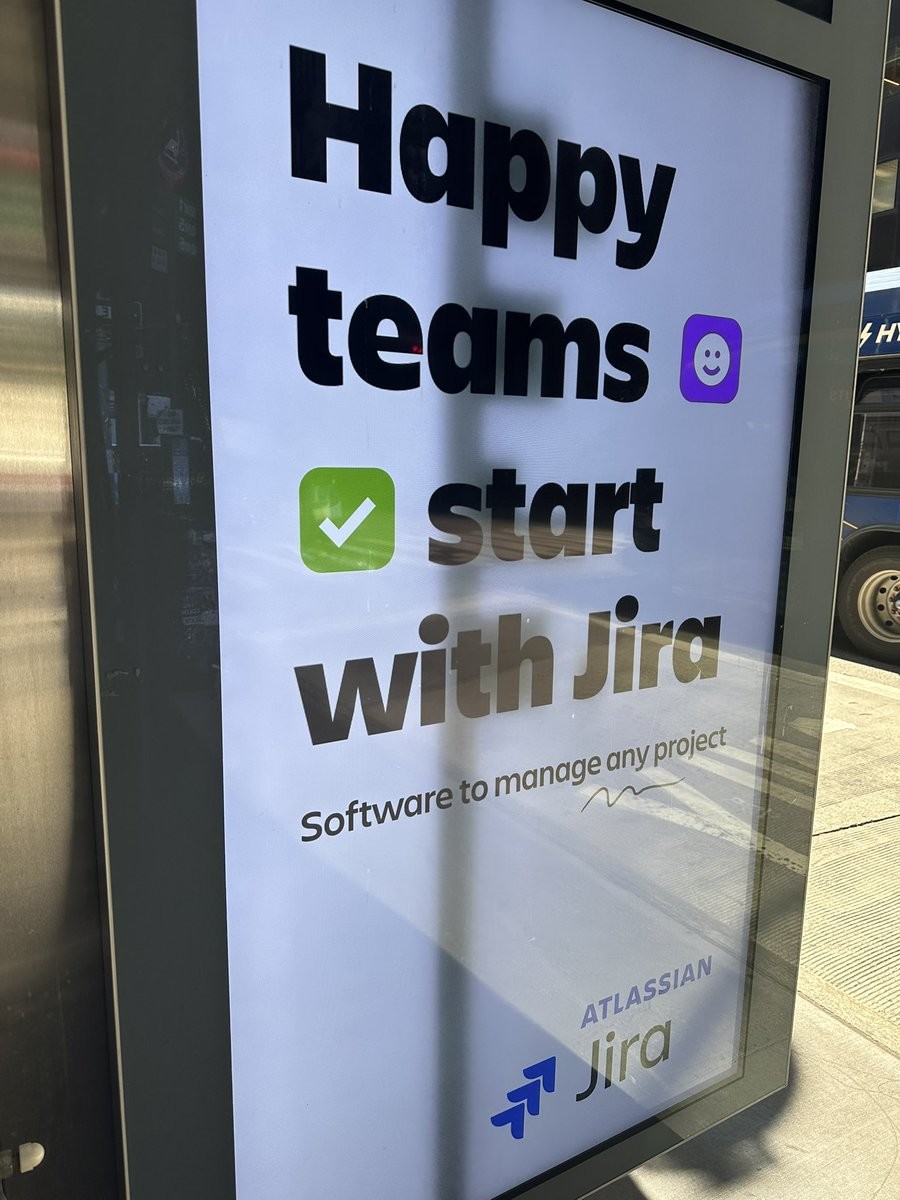Maybe not the best example then, but not the only example. If you unintentionally create something that resembles the original too much you may still become liable. It’s hard to draw the line, which is why many in such a position would prefer to be safe rather than sorry.
arendjr
It’s a gray area, legally. What you say is theoretically correct, but there’s practical issues once you’ve looked at the code that will open you up to legal liability anyway.
For instance, what if you need a utility function during your reimplementation for which there is really only one obvious implementation? You can no longer claim to have come up with it by yourself.
I doubt the FSF would sue over it, but companies are known to avoid the risk.
Haha, sure thing!
So, today, TurboPascal isn’t a very popular programming language anymore. But that’s okay! We have new programming languages nowadays. Some of the popular languages that we use today include JavaScript, TypeScript and CSS. You don’t need to know much about these languages, except that they’re commonly used for creating websites and apps that run on the web.
Now, assume you want to create a website or a webapp, and you were to learn these languages for that purpose. In that case you have quite a learning experience ahead of you, which is great! Learning can be fun! But what’s not so great is that these languages have lots of room to make mistakes. Now, everyone makes mistakes, that’s just a fact of life, but when mistakes can be avoided, that’s generally preferred.
This is where Biome comes in: It is a tool – we call it a linter – that helps you to detect many kinds of common mistakes. It can show you where these mistakes are, and sometimes even fix them for you. It can also show you possible mistakes, things that are not necessarily a mistake, but things that look suspicious.
And on top of that, Biome offers you another tool: It’s called a formatter. When you write your code, it automatically takes care for you that the code looks consistent. So it fixes things like indentation and other use of whitespace for you, as well as where to place your parentheses and stuff like that.
Together, hopefully these two things can make your programming experience a little bit more enjoyable. Cheers!
They’re included in the beta!
Specifically, you can create GritQL plugins for custom linter diagnostics. There’s certainly more we’d like to do on that front, but we’re first going to see how these are being received to decide where to prioritise next.
I don’t have Nix experience myself, but what would it take to be better supported there? I think we’d be open to PRs for that ☺️
We don’t currently publish to Crates.io, but we do have CI integrations that can install without needing NPM.
Formatter and linter in one even :) I’ve updated the message at the top.
I think it’s the latter. I once had to take care of a sick friend who was pretty much puking her guts out. Her moans sounded arousing. Of course she wasn’t intentionally doing that, it’s just our own male brains playing tricks on us.
I’m making a case for custom codes, not for using a 200 status code with it. My reply said the 200 didn’t make sense.
Of course once you use custom codes, the actual HTTP status codes do become less important, because there’s some redundancy there. That’s not an argument to do it wrong, but it is an argument that accurate HTTP status codes are less of a priority. So understandably some people will take shortcuts.
Apparently you find this very frustrating, but in the end it’s just an implementation detail. But it also sounds like you’re more frustrated with the service API as a whole than the fact it uses custom error codes specifically, so I’m just going to leave it at that.
I’m not arguing against that. Merely providing some counterweight to the idea that the author was “flinging shit in the trenches” 😅

Because coming up with the same implementation independently is legal, while copying someone else’s implementation isn’t. Which method you used to arrive at your implementation can be difficult to prove either way, which is why it’s important for implementors to be able to say they never looked at the original. It’s a legal defence, in case you ever need to stand in front of a judge or jury who will question how you arrived at yours.